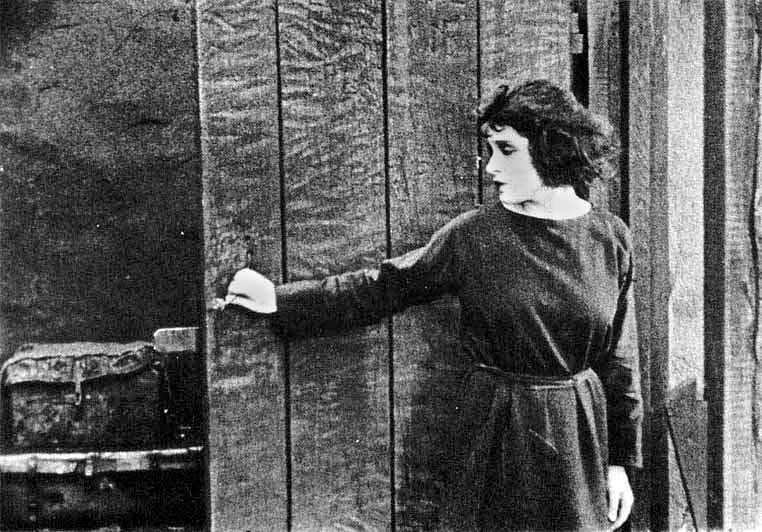In the book, The Practice of Contemplative Photography (paid link), the authors distinguish between three photographic approaches.
2. Craft and Technique – This type of photography was mastered by Ansel Adams, who excelled at bringing out the tonal values in his images. It is about photographic expression. Today, Andreas Gursky is an example of this type of work.
3. The Experience of Seeing – This is contemplative photography and its aim is to be non-conceptual, presenting life as it is. The authors suggest masters of this type of photography include Henri Cartier-Bresson, Alfred Stieglitz, Edward Weston, Tina Modotti, Andre Kertesz, Paul Strand, and Robert Adams.
Over the next few weeks I’ll be presenting each of the photographers mentioned in the third type and their unique way of seeing.
Tina Modotti (Italian, 1896-1942)
Actress, bohemian, photographer, revolutionary, and great beauty
Born in Italy, Modotti came to California in 1913 with her father. She became an actor and appeared in the film, The Tiger’s Coat. Through her relationship with artist and poet, Roubaix “Robo” de l’Abrie Richey, she met and fell in love with photographer Edward Weston.
In 1921, she and Weston moved to Mexico and he taught her photography. Her most prolific work came out of that period from 1923 through 1926, mostly still lifes, including wine glasses, flowers, and architectural spaces.
By 1927 she had joined the Communist Party and was later deported from Mexico. This was her activist, revolutionary period and her work took on a social message. She photographed political events, focusing on the faces and hands of the people.
Learn more about her life at the links below.
Contributions to Contemplative Photography
Tina Modotti believed that photography had the potential to transform ordinary things into symbolic objects. ~ Getty Museum
The Getty Museum link will take you to her Easter Lily No. 1 (1925), where the open flower, translucent at its opening, contrasts with the dark, closed bud. There is something very sensuous about the shape of this flower, like a living sculpture.
Cloth Folds (1924) takes an ordinary piece of cloth and shows its rhythm and the play of light and shadows.
One of my favorites is Telephone Wires, Mexico (1925). Here, the wires meld with the sky and takes on an ethereal tone, almost like feathers. The composition is wonderful.
Another favorite is Staircase, Mexico (1925), where she turns an ordinary scene of depth into a flat, geometrical abstraction. John Szarkowski’s take on this photograph can be found here.
In later years, she often focused on the faces and hands of peasants and laborers. In Hands Resting on Tool (1927), her simple image shows her respect for laborers. The weathered hands are never quite separated from the tools of the trade.
Apparently, Modotti was a fascinating person to be around. I’m betting that her appreciation for simple things and zest for life exuded from her.
More Resources
Tina Modotti on Wikipedia

Kim – “Telephone Wires” and “Staircase” are two of my favorites of Modotti’s work. Thank you for providing a view into her life and work.